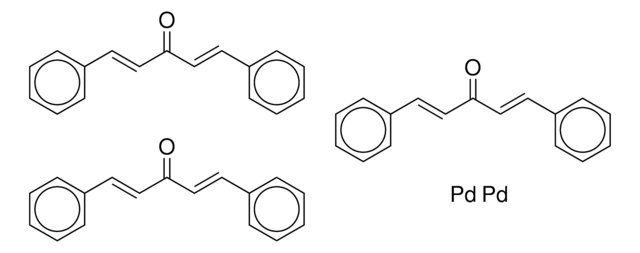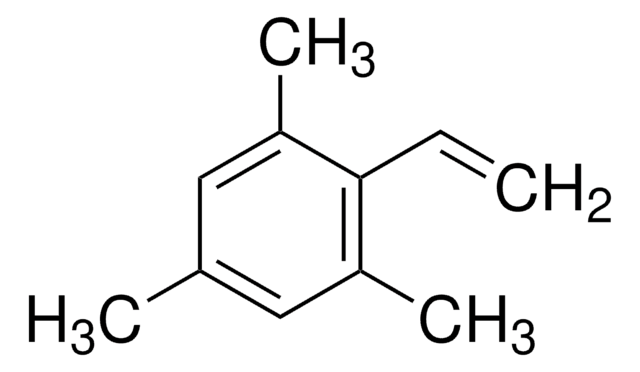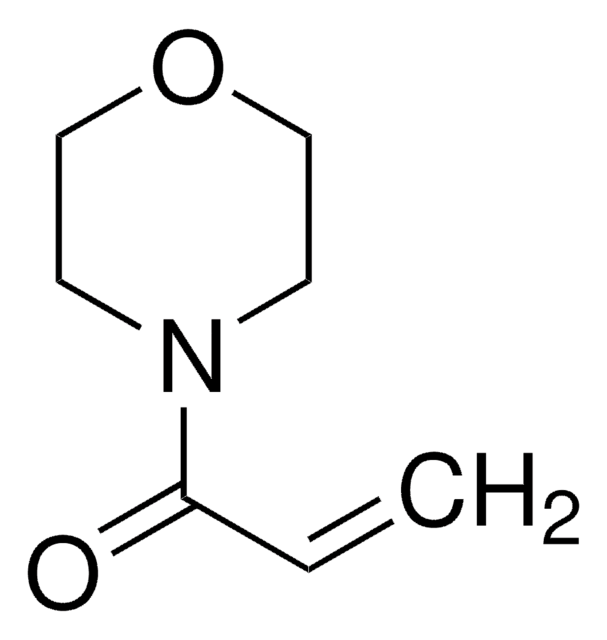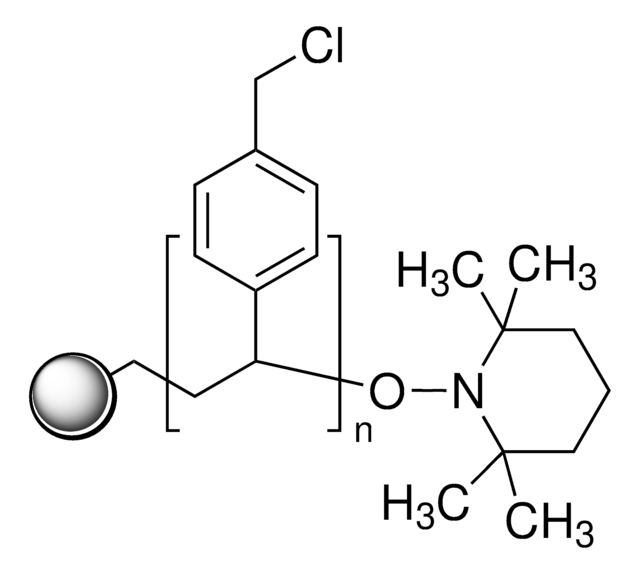644714
Pd EnCat® 30
extent of labeling: 0.4 mmol/g Pd loading
Synonim(y):
Palladium acetate, microencapsulated in polyurea matrix
About This Item
Polecane produkty
zawiera
0.37-0.44 mmol/g palladium
przydatność reakcji
core: palladium
reaction type: Buchwald-Hartwig Cross Coupling Reaction
reaction type: Heck Reaction
reaction type: Hiyama Coupling
reaction type: Negishi Coupling
reaction type: Sonogashira Coupling
reaction type: Stille Coupling
reaction type: Suzuki-Miyaura Coupling
reagent type: catalyst
zakres etykietowania
0.4 mmol/g Pd loading
Powiązane kategorie
Opis ogólny
Zastosowanie
Cechy i korzyści
- niski poziom metali resztkowych w surowym produkcie
- łatwy odzysk katalizatora
- kompatybilność unieruchomionego metalu z różnymi ligandami w celu przeprowadzenia reakcji tworzenia wiązań C-C
- bezpieczniejszy i łatwiejszy w obsłudze niż Pd/C do uwodornienia
- wzrost wydajności i oszczędności dzięki odzyskowi i recyklingowi
Inne uwagi
Informacje prawne
Hasło ostrzegawcze
Danger
Zwroty wskazujące rodzaj zagrożenia
Zwroty wskazujące środki ostrożności
Klasyfikacja zagrożeń
Aquatic Chronic 3 - Eye Irrit. 2 - Flam. Sol. 2 - Repr. 1B - Skin Irrit. 2 - STOT RE 2 Inhalation
Organy docelowe
Nervous system
Klasa zagrożenia wodnego (WGK)
WGK 3
Środki ochrony indywidualnej
Eyeshields, Faceshields, Gloves, type P3 (EN 143) respirator cartridges
Wykazy regulacyjne
Wykazy regulacyjne dotyczą głównie produktów chemicznych. Można w nich podawać ograniczoną liczbę informacji na temat produktów niechemicznych. Brak wpisu oznacza, że żaden ze składników nie znajduje się w wykazie. Użytkownik odpowiada za zagwarantowanie bezpiecznego i zgodnego z prawem stosowania produktu.
EU REACH SVHC Candidate List
Wybierz jedną z najnowszych wersji:
Masz już ten produkt?
Dokumenty związane z niedawno zakupionymi produktami zostały zamieszczone w Bibliotece dokumentów.
Produkty
Sigma-Aldrich offers EnCat and a variety of transition metal-based encapsulated catalysts for applications in areas such as Suzuki, Stille, and Heck couplings, carbonylations, hydrogenation, hydrogenolysis, and dihydroxylation.
Nasz zespół naukowców ma doświadczenie we wszystkich obszarach badań, w tym w naukach przyrodniczych, materiałoznawstwie, syntezie chemicznej, chromatografii, analityce i wielu innych dziedzinach.
Skontaktuj się z zespołem ds. pomocy technicznej











